Achieving Lasting Weight Loss: Tips & Hacks for Combat Athletes
Once you lose the weight, you want to keep it off. Eating well and keeping up a healthy exercise routine is a lifetime choice. You can't go back to eating the same way you did before when you gained the weight. Otherwise, you’re just going to gain it all back and the cycle continues.
So, right now, you need to commit yourself that you’re going to continue to eat healthy, exercise and monitor your habits. This is a commitment, a decision, and a promise. You don’t get to ‘build up to it or ‘start slow.’
This choice to be healthy is an all or nothing deal. You either choose to be healthy, or you choose to gamble with your life on the line. Are we not training to preserve our life?
Learn Your Habits
The next step in The Fighter’s Nutritional Blueprint: Creating a Combat Arts Ready Body is learning about the various habits and choices you make that lead to weight gain. We recommend going over this list again to make sure you’re in control of these habits.
One habit is relying on fad diets and “lose weight quick” schemes. Most of these do work to get you to lose the weight, but they are unsustainable in the long-term. Thus, you gain weight back. Plus, this gain-lose cycle (yo-yo dieting) has been shown to increase the risk of heart disease.
Learn Your Body Type
While not strictly necessary, if you know how your body behaves, the typical patterns your body falls into, and your body type, your choices and bad habits become understandable and you can take control.
You don’t have to subscribe to one particular theory. Chinese medicine, blood-typing, Ayurvedic dosha, endomorph, mesomorph, ectomorph, and metabolic types all work just as well. In fact, incorporating several theories gives you a better understanding of yourself. Most of them overlap, and just use different names.
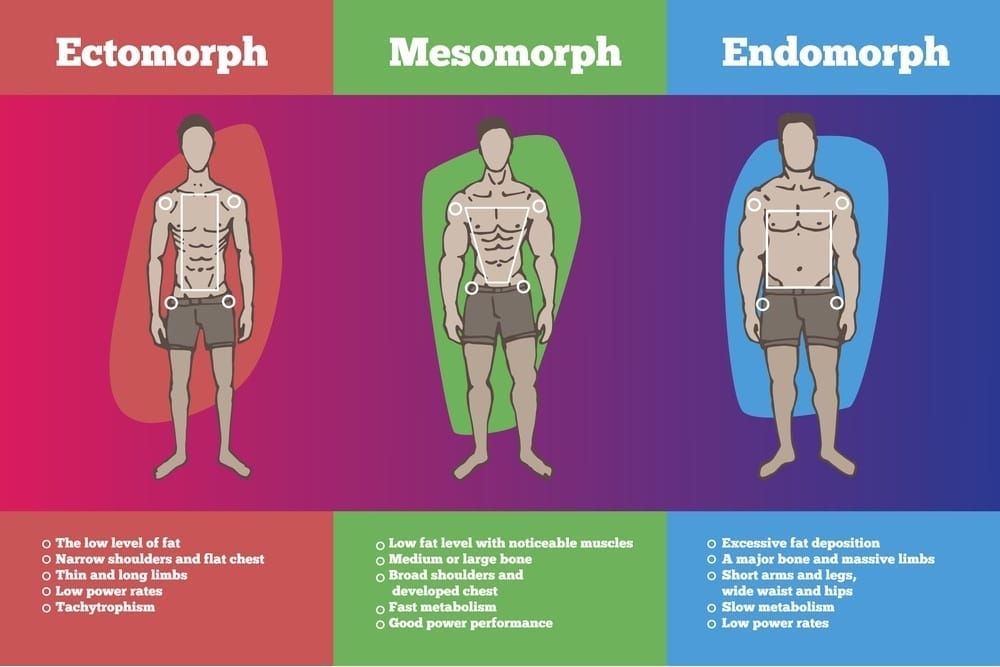
Different body type theories focus on how the various people behave and what that means for a person’s diet, lifestyle, and exercise habits. Certain body types have a preference for certain foods based on nutritional needs and how the digestive system and metabolic pathways process food.
The body types react to different kinds of exercise. The recommended activities below should not replace regular cardio, flexibility, or strength training exercises, but should give you an indication of the intensity of your exercise and the choice of how to get cardio and strength training properly.
So, let's break down some of the different types of body theory. If one particular type resonates with you, we recommend contacting a professional practitioner to understand your body type and how it relates to your health.
Most familiar to people in the west is the breakdown of endomorph, mesomorph, and ectomorph and how it describes specific body types, health concerns, and personality traits. From the core concept of our skeletal frame and body composition, the practitioners can determine how the body responds to various stimuli such as exercise, food, and stress. Healing from ailments comes from matching a person’s lifestyle, diet, and exercise to a person’s body type.
Struggling to Keep the Weight off Successfully?
Do You Want Our Guidance and Meal Planning Advice to Help You Keep It Off?
Many doctors do not put much emphasis on these body traits in Western medicine. However, holistic practitioners do. The problem comes is not everybody fits neatly into one of these three body types, often taking traits from two or all three types. If a doctor is not versed in how to handle the types, it becomes too confusing, and they rejected it.
Metabolic and Blood Typing
Metabolic and blood typing is relatively new to Western medicine. Blood typing focuses on the tendencies of a person to react to particular food and lifestyle habits based on the type of blood. Blood typing is relatively definitive, with minor influences from your parents’ blood type.

In Asia, blood type plays a higher factor in social interactions than in the West. Followers of the blood type school match a person’s diet, lifestyle, and exercise routine to their blood type.
Metabolic typing incorporates blood typing and looks at how your body processes nutrients.
Metabolic typing is a sliding scale between people who metabolize nutrients quickly and those who retain nutrients for more extended periods.
Most people end up being somewhere in between; and a person’s metabolism changes throughout their life, gradually slowing down as a person ages. Followers of metabolic typing help people discover what a person’s metabolic needs are and match their diet, lifestyle, and exercise habits to what works best for that body.
Greek or Unani Medicine
Greek, or Unani medicine, is practiced primarily in the Middle East and in some parts of Europe. It’s based on the ancient Greek medicine philosophy of the four humors.
People tend to be combinations of sanguine, choleric, phlegmatic, and melancholic body types depending on which humor is predominant in their body. Assigning food, exercise, and healing treatments is based upon realigning the humors back into their ideal alignment for each person.
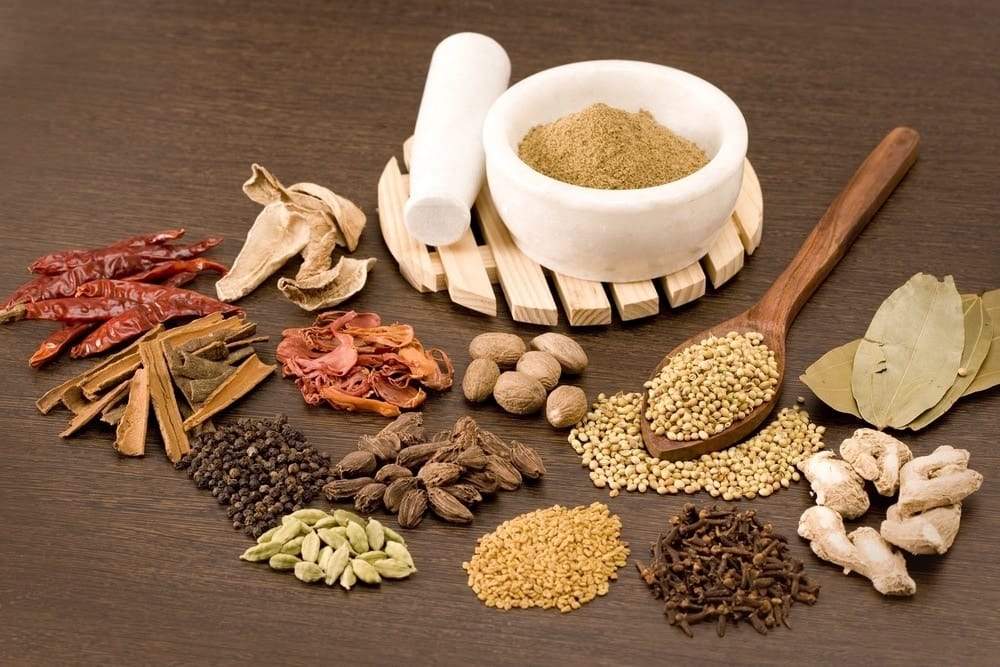
Ayurveda Medicine
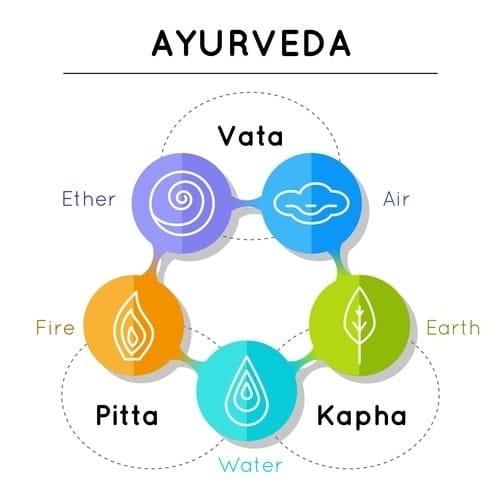
Concerns itself with three particular types, or dosha. People tend to be pitta, vata, or kapha body types. All three body types take their primary origin from prana or the Breath of Life.
From there, prana is broken down into subtypes. And like the Western breakdown or body types, most people are a combination of two different types.
Ayurvedic medicine relies heavily on the use of food and herbs to help reduce excess dosha or bolster lacking dosha to treat medical problems.
Chinese Medicine
Chinese medicine is one of the oldest and perhaps the most complicated of the systems. There are several different schools within Chinese medicine with some schools focusing on the five elements, two pairs of dry-moist and hot-cold, or nine different constitutions.
All of these systems are based on the use of chi, the energy force that creates life. Each of these descriptions has its own particular body type, nutritional needs, and lifestyle habits. The goal of Chinese medicine is to reduce excess, strengthen a weakness, or balance the body.
We recommend visiting a professional trained in any of these particular schools a body typing do understand what your type is and what your requirements are. You can find a professional by searching for the certifying or licensing body for the type of practice you are looking for.
For example, use this link to find certified metabolic typing specialists.
Ayurvedic practitioners can be found through the National Ayurvedic Medical Association. Chinese medicine practitioners can be found on the National Certification Commission for Acupuncture and Oriental Medicine. Naturopaths are licensed by some states, certified in others.
Above all else, talk to the professional you are going to see. Ask for their certifications and credentials and then double check to verify they are legitimate.
On the other hand, many online quizzes can give you general results, however many of them are not wholly accurate or will be able to tell you if what you are experiencing is normal. Many of the quizzes online require you to submit information or put your computer risk for a virus. Additionally, a trained professional can give you recommendations for your particular body type for food, herbs, lifestyle habits, and exercise.
Below, we have some of the typical traits found in different body types and what they can mean to you. Remember, very few people are pure body types, and most people are a combination of two or even all three. As you read these, you'll find some of the traits seem to apply to you, while others don’t.
Here is a brief rundown of the different body types and what they can mean to you. A few people may be a ‘pure’ type, but most people are a combination. As you read these, you’ll find that some of the traits seem to apply and others don’t.
Endormorph | Mesomorph | Ectomorphs |
|---|---|---|
Kapha / Earth & Water / A | Pitta / Fire & Water / B | Vata / Earth & Air / O |
Thick ribcage / wide hips | Natural athletes | Slim/under- weight |
Sedentary | Trim figure | Fast living |
Gains weight easily / hard to lose weight | High stamina | Hard to gain muscle |
Best exercise: Cardio & Strength Training | Best exercise: Yoga / swimming | Best exercise: Strength training |
Best foods: Thin soups, Hot Foods, High Protein | Best foods: Cool foods, greens, cooling spices | Best foods: Thick soups, hardy foods, hot spices |
Recommended Balancing Factor: Exercise | Recommended balancing factor: Meditation | Recommended balancing factor: Yoga & rest days |
Category | Spiritual Alignment | Body Type | Activity Level | Gains / Stamina | Best Exercise | Best Foods | Balancing Factor |
|---|---|---|---|---|---|---|---|
Endormorph | Kapha / Earth & Water / A | Thick Ribcage / Wide Hips | Sedentary | Gains Weight Easily / Hard To Lose Weight | Cardio & Strength Training | Thin Soups, Hot Foods, High Protien | Exercise |
Category | Spiritual Alignment | Body Type | Activity Level | Gains / Stamina | Best Exercise | Best Foods | Balancing Factor |
|---|---|---|---|---|---|---|---|
Mesomorph | Pitta / Fire & Water / B | Natural Athletes | Trim Figure | High Stamina | Yoga / Swimming | Cool Foods, Greens, Cooling Spices | Meditation |
Category | Spiritual Alignment | Body Type | Activity Level | Gains / Stamina | Best Exercise | Best Foods | Balancing Factor |
|---|---|---|---|---|---|---|---|
Ectomorph | Vata / Earth & Air / O | Slim/Under- Weight | Fast Living | Hard to Gain Muscle | Strength Training | Thick Soups, Hardy Foods, Hot Spices | Yoga & Rest Days |
Remember, most people are mixes of these types. You may gravitate towards one, so choose foods and spices from that category. Exercise and the balance factors are very important to your health and well-being.
Using a Tracking Journal
Throughout your weight loss journey, you more than likely used a journal to monitor what you were eating and how you felt. Continuing this journal will help you keep track of your lifestyle habits.
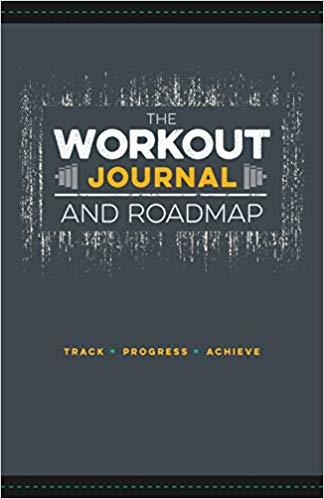
Is this a lot of work? Of course, it is. And we know most people aren’t going to keep track of this information over the long-term.
You should keep journaling in the back of your mind whenever you need a little help. If you begin to gain weight again, find your pants are a bit tight, or you’re feeling fatigued more often, start your journal again.
Keep track of all foods and snacks you eat. Write down the approximate quantity and time. You should also track how much you drink, when you exercise, and how you feel. That way, you can go back and view any abnormalities or positive experiences.
A food journal can be any method of recording information. Most people use a handwritten journal. There are also apps, such as for your phone, templates for computer documents, and even photo albums. The key to journaling is to do it consistently.
Training
Even though you’re still training in your Martial Art, you should keep up your separate exercise routine. Once you reach an ideal weight, the body shifts from weight loss to maintenance. You'll become stronger, maintain healthy body weight, improve your cardiovascular health, and feel better overall.
Once at an ideal weight, you can explore different exercise options and activities. At home, the internet has millions of videos for different exercise programs. You could try something enjoyable like a kid’s exercise routine, or ballet and belly dancing, to yoga, to intense cardiovascular training.
Most gyms and martial arts schools offer classes in aerobics, kickboxing, Zumba, or another exercise program. Nearly every larger city has a YMCA. You can expand your range of activities with new forms of exercise. Remember to keep it fun.
Some people use personal trainers to lose weight, and most trainers have lower level maintenance programs for their clients. If accountability is essential to you, a personal trainer is great.

You should incorporate into your exercise schedule training at the dojo two to three nights a week at a minimum.
This frequency gives you consistent and frequent exposure to your art and develops a proper routine. The advanced martial artist may need three to five days in the dojo on top of their strength training and aerobics exercises.
Regular strength training and aerobic exercises should be conducted three to five times a week on days you are not in the dojo.
Meal Planning
Knowing what you’re going to eat helps reduce snacking, overeating, and choosing lousy food. We recommend reading the Meal Planning article to get a good idea of how to meal plan and what to select. But here's a quick review:
When to Eat
Look at your schedule and determine when you will need food. Most people need breakfast, lunch, dinner, and often need snacks. Then, you can plan specific meals and how long it will take to prepare those meals. Writing down the schedule and meal planning list reduces shopping time (and costs), cooking time, and preparation time.
What to Eat
Focus on keeping your diet 2/3 to 3/4 vegetables with some quality meats and 100% whole grains making up the rest. The vegetables will supply the majority of your vitamin, mineral, fat, and protein needs without the need for excessive supplementation.
Food for Training
It was quite popular for a time to have separate meals prepared before a competition and when training. However, the majority of sports nutritionist have agreed that special meals before big events tend to reduce performance. Therefore, having high-quality meals consistently produces better outcomes during the competition, more productive training, and healthier individuals.
Smart Phone Apps
There are hundreds of meal planning and recipe apps available for your phone and tablets. We recommend these couple to get you started. FoodPlanner, Mealplan, and MealBoard are good examples of these apps.
Water Requirements
You need to drink. Below are the general basics, for a more comprehensive overview you should read the Hydration article in the Recovery section of the site.
Most people should stagger their intake of water throughout the day. During training, it’s not recommended to drink significant quantities of water 1-hour before training, during training, and at least 45-minutes after training. Because the digestive system hibernates during intense exercise and training, any water or food in your gut stagnates without being absorbed. This leaves you feeling full and “sloshy.”
Most people should consume 6 oz of water for every hour they are awake during the day. If you are training intensely, in warmer weather, or dry environments, this amount may need to be increased.
The recommended daily allowance of eight 8oz glasses is standard for sedentary people, although studies are conflicted on precisely what the right amount of water is for most people. However, it’s generally agreed up to 75% of the population is chronically dehydrated and should drink more water.
Making water taste good can be challenging in some areas. We recommend using water, tea, and diluted juices to hydrate with. We do not recommend sports drinks, soda, alcohol, coffee, or chemically flavored drinks because of the negative impact on the liver. We have recipes for homemade sports drinks and links to good electrolyte drinks in the hydration article.
Supplements
Ideally, you are eating a diet rich in fruits and vegetables, you probably do not need supplements. The diet we recommended should have significant amounts of protein, fats, and nutrients available for use without having to purchase any additional supplements.
But, that's probably not the case. The top supplements you should consider taking are Magnesium, Zinc and Omega-3 Fatty Acids.
We do not recommend randomly using various supplements without consulting Sports Nutritionist or doctor. Most supplements are unnecessary and can be dangerous in high amounts. Additionally, many medications interact with healthier vitamins and could cause problems. A sports nutritionist will be able to determine if you need additional supplementation.
The Nutrients article can begin to help you understand the role and implications of excessive use of supplements.
Healing Herbs & Tonics
There are thousands of herbal blends, nootropics, and tonics available that will help” boost your performance.” Most of them are either snake oils or filled with caffeine and sugar.
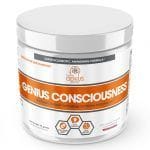
Individually, herbs are incredibly healing and nutritious. They work with our body to help promote a natural way of healing.
You can add whole, fresh or dried herbs to your meals without worrying about overdose. When taken as supplements in high quantities, they can be dangerous.
If you were looking for a natural way to boost your performance, consult a naturopath or herbalist. They can put together a specific blend that will help nourish your body, promote performance, and mitigate any dangerous side effects.
Following a Good Diet & Exercising Regularly But Still Experiencing Low Energy & Having Trouble Losing Weight?
Enroll for our Free Newsletter!
A good diet and proper exercise are required for healthy weight loss and maintaining that weight. Adding in our training can help boost our self-confidence, ability to defend ourselves, and mental awareness of various situations. Martial sports such as karate, judo, MMA, boxing, and kickboxing can substitute for exercise if high intensity.
Many of the other extras we have in this article are not required for weight loss or maintenance, but to increase the overall health of your body. Because when you’re healthy, eating a good diet, and exercising, you don’t need to worry about your weight.

Frequently Asked Questions
Is It Possible for Combat Athletes to Keep Weight off Long Term?
Yes, combat athletes can maintain weight off long term by implementing sustainable lifestyle changes and adopting healthy habits that support their performance goals.
How Can Combat Athletes Lose Weight and Keep It off Permanently?
To lose weight and maintain it permanently, combat athletes should focus on a combination of regular training, proper nutrition, portion control, and lifestyle adjustments that support their physical demands and overall well-being.
What Is the Secret to Long-Term Weight Loss for Combat Athletes?
The secret to long-term weight loss for combat athletes lies in consistently following a disciplined training regimen, maintaining a balanced and nutritious diet, prioritizing recovery, and surrounding themselves with a supportive team and environment.
What Is the Best Diet for Combat Athletes to Keep Weight off Long Term?
The ideal diet for combat athletes to maintain weight off long term will depend on individual needs and preferences. However, a diet that includes an appropriate balance of macronutrients, supports performance and recovery, and is tailored to the specific weight class requirements of the athlete is generally recommended for long-term weight management.
